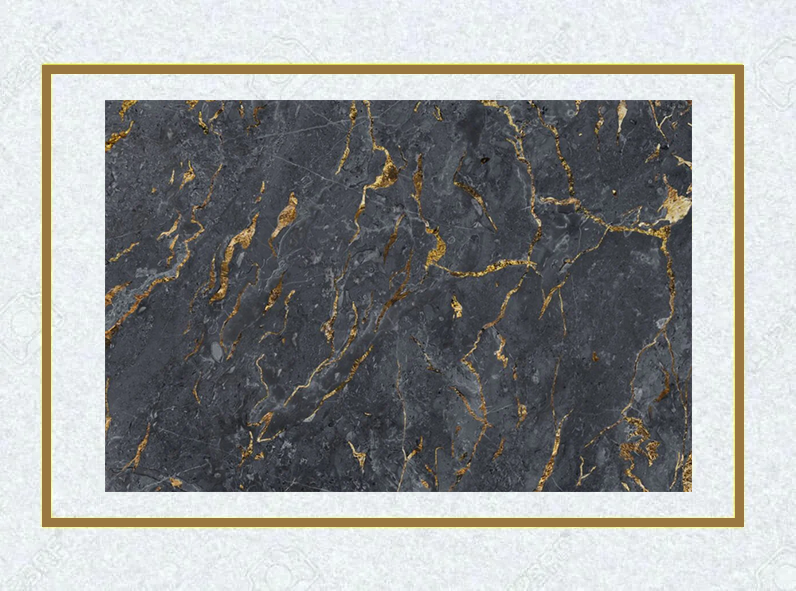The use of Autoclaved Aerated Concrete (AAC) blocks has gained significant popularity in modern architecture. These lightweight blocks offer a wide range of benefits. You can enjoy excellent insulation properties, durability, and ease of use with the use of these construction materials. Read and know about the five key uses of AAC blocks in modern architectural design.
- External Walls:
This is one of the primary uses of AAC blocks in modern architecture. AAC blocks are known for their exceptional insulation properties. This makes them an ideal choice for maintaining a comfortable indoor temperature.
The insulation provided by AAC blocks helps in reducing energy consumption and creating a more sustainable living environment. Homeowners can live comfortably without relying heavily on heating or cooling systems. This reduced reliance on energy-intensive appliances leads to substantial cost savings for them in the long run.
- Internal Walls:
Autoclaved Aerated Concrete (AAC) blocks are also commonly used for internal walls in modern architecture. The precise manufacturing process used for these blocks ensures that walls are level and straight. These require minimal effort to achieve a smooth finish.
With AAC blocks, internal walls can be easily finished with a thin coat of plaster ranging from 3 to 5 mm. This results in a clean and aesthetically pleasing appearance. Homeowners can get a touch of elegance and sophistication to home interiors. It can enhance the overall beauty of internal spaces. A smooth finish lets homeowners showcase their interior design choices, resulting in a stunning and visually pleasing environment.
- Kitchen Surfaces:
AAC blocks can be used to create kitchen surfaces quickly. Due to their lightweight nature, AAC blocks are easy to handle and install. These offer the advantage of being customizable. The blocks allow architects and designers to create functional and stylish kitchen surfaces, tailored to the needs of their clients.
Furthermore, if modifications are required, these blocks can be removed easily without causing damage to the surrounding structures. The lightweight nature and customizable features of AAC blocks allow for efficient construction processes and easy modifications.
- Walls:
The versatility of AAC blocks makes them suitable for various types of walls in modern architecture. These can be used for:
- Partition walls,
- Load-bearing walls, or
- Retaining walls
Autoclaved Aerated Concrete (AAC) blocks can fulfill the requirements of different architectural designs. These are known for having a lightweight composition. It simplifies construction processes, resulting in faster and more efficient project completion.
- Roofs:
AAC blocks can also be used for constructing roofs in modern architecture. These are lightweight in nature, which reduces the load on the structure. This makes them an excellent choice for creating durable and energy-efficient roofs. As AAC blocks provide thermal insulation, there is enhanced comfort for residents. These ensure the energy efficiency of buildings.
As you can see, the uses of AAC blocks in modern architecture extend beyond traditional building elements. These blocks have become an integral part of modern architectural design. These construction materials stand out for their exceptional properties and versatile uses.






